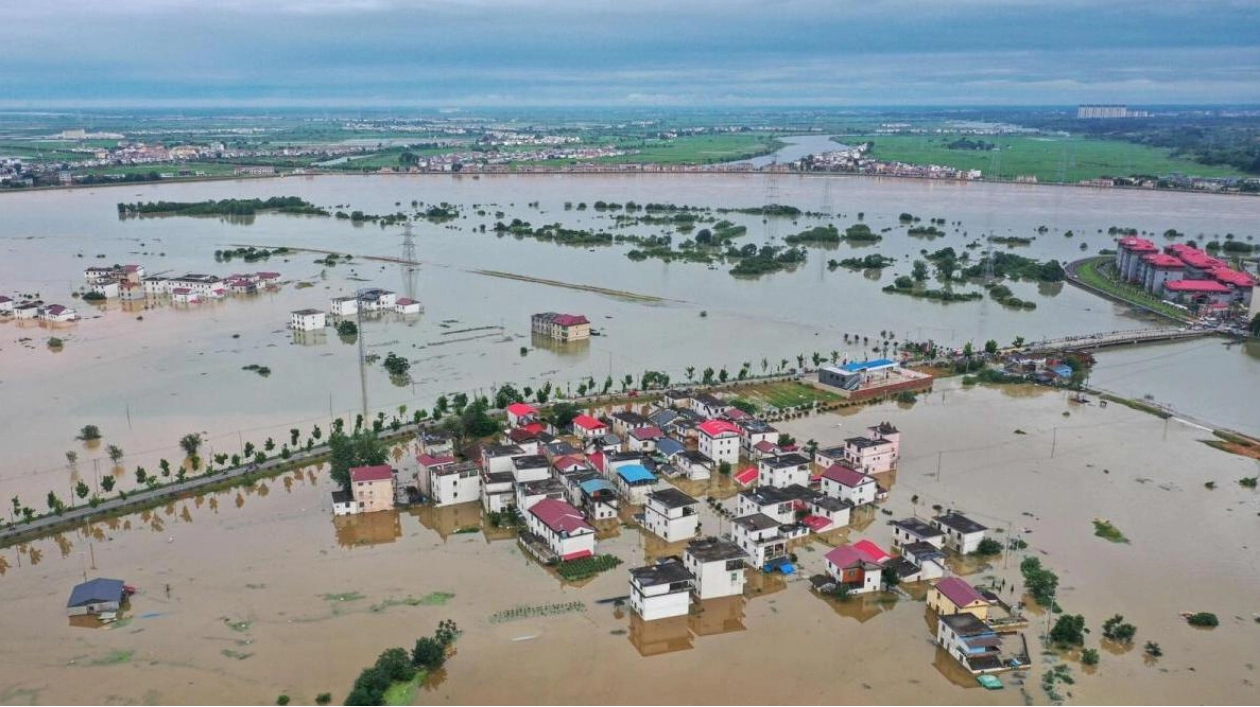Intense rainfall in southern China has led to rising water levels in the Yangtze River, prompting downstream eastern regions to prepare for potential flooding. On Wednesday, water levels in the Jiangsu section of China's longest river continued to rise due to increased flow from upstream and persistent rainfall. Nanjing, the capital of Jiangsu province, issued its second highest flood warning, and authorities prohibited various vessels, including passenger ferries, from entering or operating in the Jiangsu section of the river, according to state media.
The Ministry of Water Resources had previously announced that water levels in parts of the middle and lower Yangtze River exceeded the warning mark. Poyang Lake in Jiangxi province, where a second-level flood control response was activated, is also under close observation. The lake recorded its highest water level in July 2020 at 22.6 meters. Heavy rainfall in Hunan province caused the Miluo River in Pingjiang county to reach its highest level in 70 years, prompting local authorities to activate the maximum emergency response level.
About 340,000 people in China were affected, and businesses suffered, including a factory producing spicy snacks that had to shut down for five days due to water outages, traffic blockages, and disrupted communication lines. The rain is expected to dissipate from southern regions, with warmer temperatures likely to follow as cooler rain clouds move away. The rain belt causing floods in the middle and lower Yangtze River areas will shift northwards from Wednesday night, with torrential rain expected in provinces including Sichuan, Chongqing, parts of Hubei, Henan, and Shandong, according to the National Meteorological Center.
While the rainfall would be beneficial in drought-stricken northern areas, weather experts warn that continuous rains may lead to secondary disasters.






